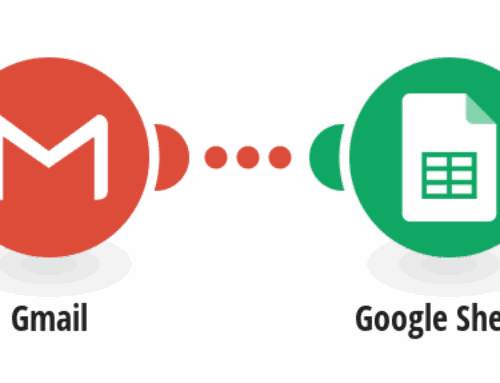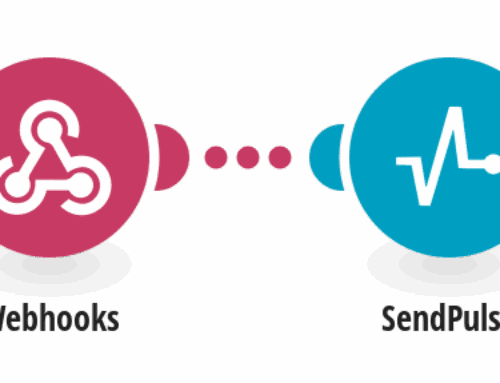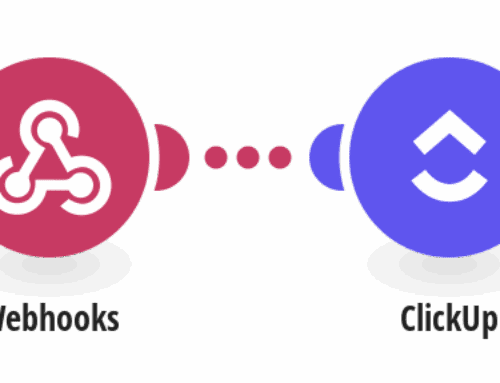How to Create a Zoom Onboarding Meeting for New Employees
Creating a welcoming and informative environment right out of the gate is crucial for new employees. With remote work becoming more prevalent, Zoom has become a vital tool for onboarding. This guide explores how to set up a Zoom onboarding meeting that will make new hires feel at home while providing them with all the information they need to succeed.
Why Choose Zoom for Onboarding?
Zoom has quickly risen through the ranks as one of the leading video conferencing tools globally. Its robust features, ease of use, and reliability make it an ideal platform for onboarding new employees. Whether your team is fully remote or hybrid, Zoom offers flexibility that fits seamlessly into any company structure.
Unlike traditional in-person meetings, Zoom allows you to reach your team regardless of where they are located. This is particularly advantageous when onboarding employees from different geographical areas. Zoom’s breakout rooms, screen sharing, and recording capabilities ensure that the onboarding process is interactive and engaging.
Setting Up Your Zoom Account Effectively
Before diving into the specifics of the meeting, it’s essential to have your Zoom account properly set up. Start by ensuring that your subscription plan aligns with your company’s needs. If you’re expecting a large number of participants, consider upgrading to a plan that supports that capacity.
Familiarize yourself with Zoom’s settings. Take time to explore various features such as virtual backgrounds, mute options, and participant management settings. Proper setup not only ensures a seamless inaugural experience for new employees but also presents your company in a professional light.
Crafting the Perfect Agenda
The agenda is the backbone of any successful meeting. Begin by outlining key topics that you want to cover during the onboarding session. These might include introductions, company values, objectives, and essential tools that the employees will use.
Having a clear agenda helps keep the meeting on track and ensures that each topic receives adequate attention. It’s also beneficial for attendees as it provides them with a roadmap of what to expect, making the meeting more structured and less overwhelming.
Introduction: Welcoming New Employees
Start your meeting with warm welcomes. An introduction segment isn’t just about names and job titles; it’s about setting a positive tone and making employees feel valued from the get-go. Encourage camaraderie by sharing fun facts or icebreaker activities.
Incorporating casual conversation can break the ice and foster a friendly atmosphere. This approach reduces first-day anxiety and promotes an open culture where employees feel comfortable sharing ideas right from day one.
Explaining Company Culture and Values
Understanding company culture is critical for new employees. Discuss your organization’s mission, vision, and core values. Explain how these elements translate into everyday work practices and employee interactions.
This discussion not only sets expectations but also inspires new hires by helping them see the bigger picture of their roles within the company. Highlight aspects of your culture that differentiate your company from others, which can increase job satisfaction and retention.
Interactive Elements to Engage Your Team
Static presentations can be tedious. Incorporate interactive elements to keep engagement levels high. Utilize Zoom’s breakout rooms for group discussions or virtual team-building exercises. These activities encourage collaboration and help build rapport among team members.
Leverage polls and Q&A sessions to make the onboarding process dynamic. These tools provide instant feedback and allow for real-time interaction that helps clarify doubts and cement the information provided during the meeting.
Follow-Up and Feedback
Conclude the session by explaining the next steps and what new employees should expect going forward. Encourage them to reach out with any questions or concerns. Providing a point of contact for follow-ups can ease their transition into their new roles.
Feedback is instrumental in refining your onboarding process. Send out a survey post-meeting to gather participant insights on what worked well and what could be improved. This continuous improvement loop enhances future onboarding experiences.
Conclusion
A well-planned Zoom onboarding meeting can set the stage for long-term employee success within your company. By leveraging Zoom’s capabilities and focusing on interactive, informative sessions, you can create a welcoming and engaging environment for new hires. Remember, the key to effective onboarding is not just relaying information but fostering a sense of belonging and excitement about joining your team.
FAQs
What is the ideal length for an onboarding meeting?
The ideal length varies depending on the agenda but generally aim for no more than 1-2 hours to maintain engagement without overwhelming new employees.
Should we record the onboarding session?
Yes, recording the session can be beneficial for future reference or for any employees who couldn’t attend live. Just be sure to inform participants that the meeting is being recorded.
How can I make the session more interactive?
Incorporate breakout rooms, polls, and Q&A sessions. These elements encourage participation and keep the meeting lively.
What if some new hires are not familiar with Zoom?
Provide a brief tutorial or send out a how-to document/video prior to the meeting so everyone feels comfortable using the platform.
Can I personalize the onboarding experience?
Absolutely! Tailor parts of the session to address specific roles or departments to make the onboarding experience more relevant and engaging for each participant.









